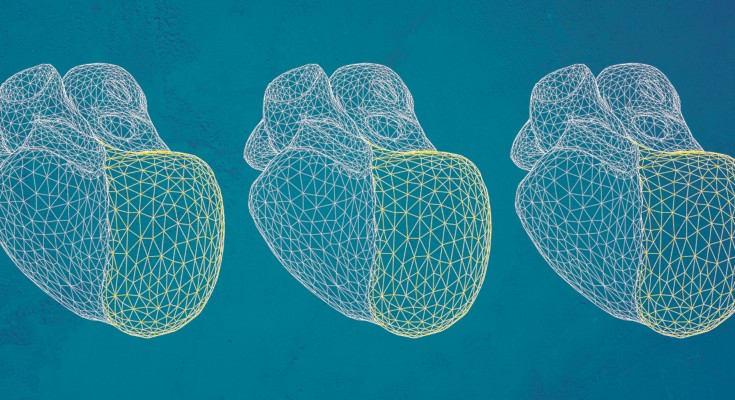
March issue now live
Bonazzola, R., Ferrante, E., Ravikumar, N. et al. Unsupervised ensemble-based phenotyping enhances discoverability of genes related to left-ventricular morphology.

Bonazzola, R., Ferrante, E., Ravikumar, N. et al. Unsupervised ensemble-based phenotyping enhances discoverability of genes related to left-ventricular morphology.


A classic question in cognitive science is whether learning requires innate, domain-specific inductive biases to solve visual tasks. A recent study trained machine-learning systems on the first-person visual experiences of children to show that visual knowledge can be learned in the absence of innate inductive biases about objects or space.